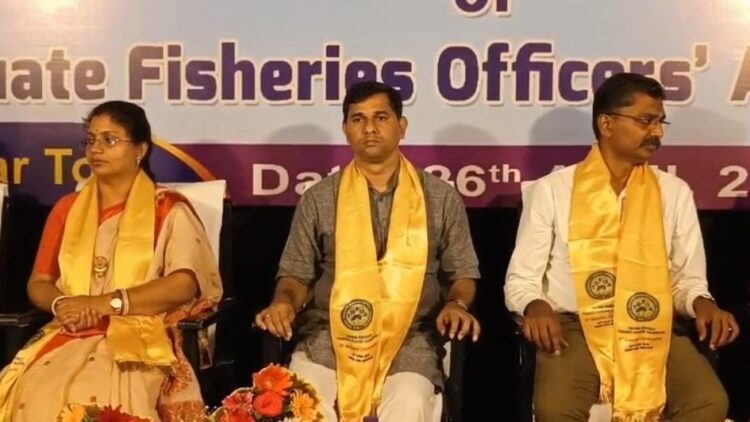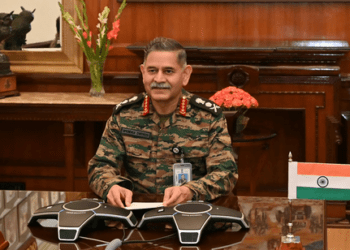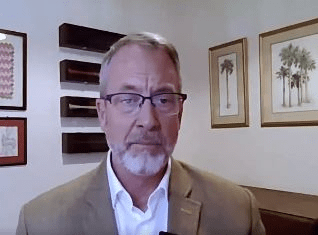Agartala: April 26: Tripura is making notable strides to boost its fish production, with Minister Sudhangshu Das leading the charge toward self-sufficiency in this critical sector. Currently, the state produces around 85,000 metric tonnes (MT) of fish annually—falling significantly short of the total demand of 1,17,000 MT. Recognizing this gap, the state government is exploring practical solutions, including the innovative use of abandoned water bodies for fish cultivation.
By tapping into underutilized or neglected water resources, the government aims to expand fish farming without the need for large-scale new infrastructure. This approach not only ensures cost-effectiveness but also promotes sustainable practices in the long run. Minister Das has expressed confidence in the dedication of the state’s fisheries officers, emphasizing their crucial role in transforming these initiatives into tangible outcomes.
During a recent address, the minister also framed these efforts within a larger national context by invoking the “Nation First” slogan—highlighting that strengthening food security through increased fish production contributes to the country’s broader development goals. His message was clear: the push for greater output is not just about meeting local needs but about fulfilling a duty to the nation.
To further support these goals, Tripura has submitted several fisheries development projects to the central government for approval. If granted, the funds and support could significantly enhance the state’s capacity to increase production, generate employment, and reduce dependence on fish imports.
The proactive steps taken by the state reflect a growing awareness of the economic and nutritional importance of fish in the region. As the plans unfold, Tripura’s model could serve as a blueprint for other states facing similar challenges. Watching how these initiatives develop will offer valuable insight into the intersection of innovation, policy, and grassroots implementation in the fisheries sector.


















